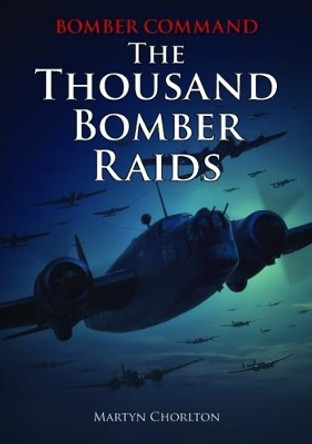The Vickers Wellington was one of very few aircraft types to have been in production and frontline service throughout World War II, and more than 10,000 Wellingtons were built in the period. They took part in the first RAF bombing mission of the conflict when, on 4 September 1939, 14 examples from Nos 9 and 149 Sqns undertook a daring daylight attack on the Kiel Canal. However, after suffering high losses on follow-up raids, Wellingtons were withdrawn from daytime missions and began to operate at night from May 1940. They subsequently took part in raids against the Italian port city of Genoa in July 1940, and against Berlin the following month, followed by key missions in the 'Battle of the Barges' in September and October, as the RAF targeted the Germany's invasion fleet being assembled in French Channel ports. When RAF's strike force expanded the next year following the introduction of the improved Wellington II, the 21 squadrons equipped with the Vickers aircraft, which included Polish-, Canadian- and Australian-manned units, formed the backbone of the Bomber Command night bombing force. Over the next two years Wellingtons participated in all the major operations by Bomber Command, including the daylight raid against German battleships in Brest harbour in July 1942 and the first three 'Thousand Bomber' raids in the summer of 1942. This illustrated study explores the design, development, and deployment of the Vickers-Wellington type, charting its role in World War II from its earliest missions to its use in training after its withdrawal from frontline bomber missions in 1943. The text is supported by stunning full-colour artwork.
This illustrated study charts the development and combat history of the Vickers Wellington units, the mainstay of the RAF heavy bomber force during the first half of World War II.About the AuthorMichael Napier is the author of six books on aspects of aviation and military history, including the highly successful
Royal Air Force - A Centenary of Operations, published by Osprey. He is an authority on the history of No 14 Sqn RAF, a unit which operated the Wellington in the anti-submarine role. Michael is an ex-RAF Tornado GR 1 pilot and has been an airline pilot for the last 21 years. He lives near Chipping Norton, Oxfordshire. Janusz Swiatlon lives in Krakow, Poland. A veteran of service with the Polish Army's 6th
Pomorska Dywizja Powietrzno-Desantowa (an airborne unit) in the 1980s, he is both an enthusiast of aviation historian and a military modeler. As an illustrator, he has created numerous colour aircraft profiles published in magazines and books by AF Editores, Kagero, Chevron, Stratus and other publishing houses, including Osprey.
Book InformationISBN 9781472840752
Author Michael NapierFormat Paperback
Page Count 96
Imprint Osprey PublishingPublisher Bloomsbury Publishing PLC
Weight(grams) 314g







